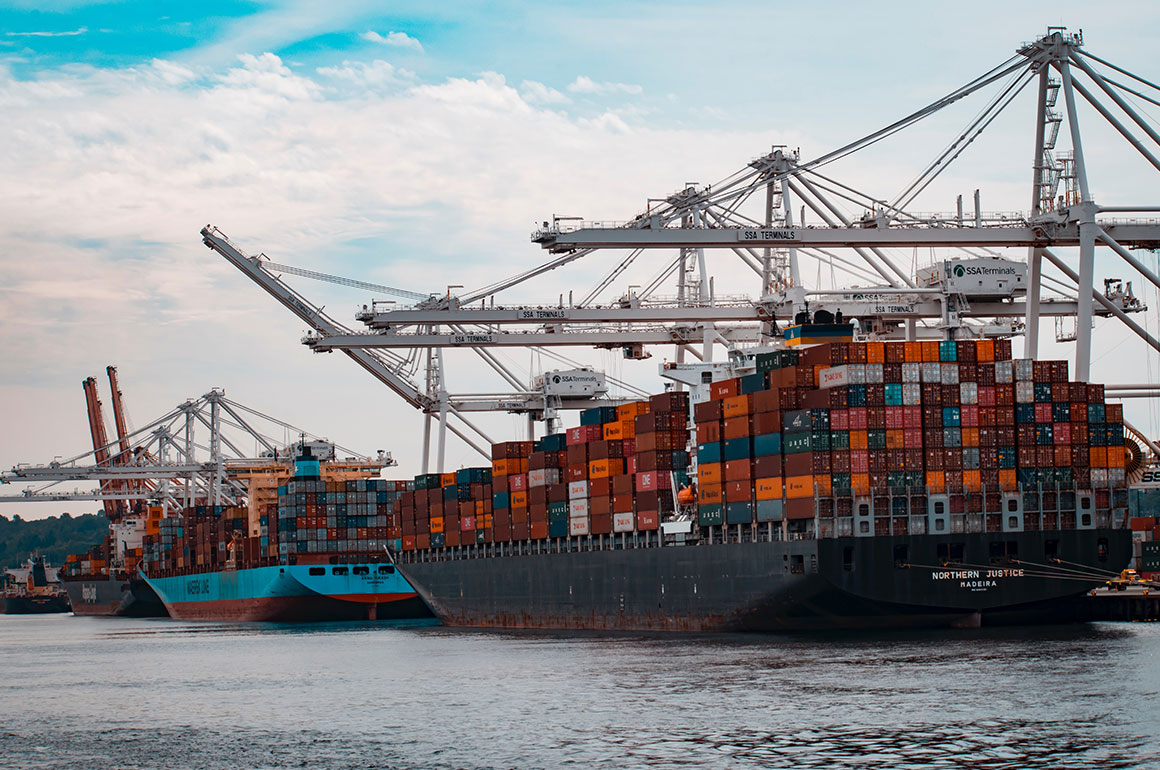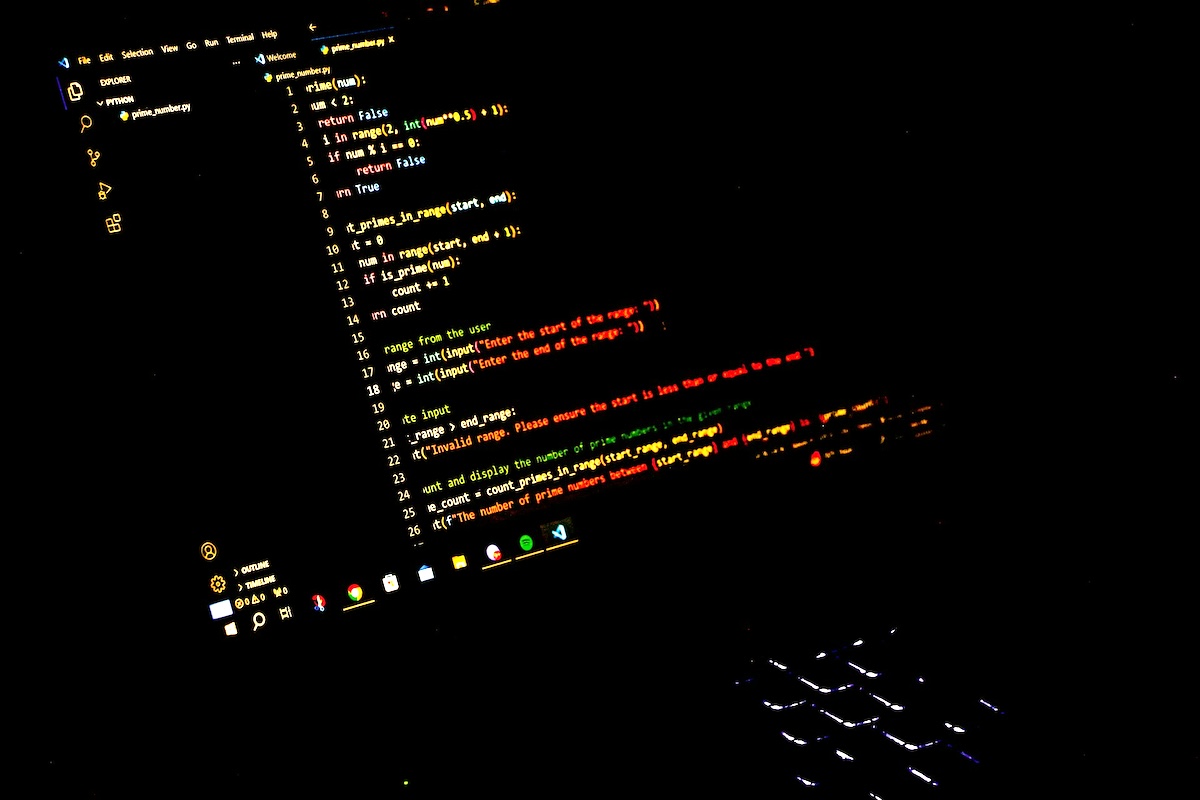Skift Take
A supply chain bottleneck is impacting all aspects of the event industry. From an increase in food prices and transportation costs to the shortage of microchips affecting hybrid and virtual meetings, event planners are finding open lines of communication and advance deadlines are helping.
Initially fueled by the Covid pandemic, today’s “Great Supply Chain Disruption” is now being impacted by Russia’s invasion of Ukraine, labor shortages, and shipping issues – creating a perfect storm poised to strike at the heart of the event industry.
The current supply chain issue is so serious that the International Monetary Fund (IMF) included it as ample grounds for downgrading its forecast for global economic growth this year to 4.4 percent from 4.9 percent. The reasons for this disruption are myriad, with several important factors at the core.
Warehouse Overload
Warehouses are packed because e-commerce grew at a staggering speed during the pandemic, and goods were sent directly from retailers to homes. Without that critical warehouse space, or alternative storage facilities, container ships back up at ports with nowhere to go.
The numbers are staggering. “Increased pricing and distribution delays are a new norm,” Dahlia El Gazzar, idea igniter, tech evangelist, and founder of Dahlia + Agency said. “One of our clients experienced a 90% increase in ocean freight fees last year. In 2020, it cost $1,300 to get a container across the Pacific. In 2021 and 2022, that can now cost as much as $23,000. They currently have millions of dollars in goods sitting on the water.”
A Logistical Puzzle
Due to this interminable backup, this client moved deliveries from The Port of Savannah to the Ports of Los Angeles and Long Beach. In turn, goods had to be trucked from California to the East, adding delivery costs. As a result, distribution that in the past could be as fast as three weeks can now be as long as five months. “All this results in suppliers increasing their pricing to customers to recoup their escalating costs,” El Gazzar said.
For those events that include promotional products, the supply chain disruption will have an even more severe impact. This is because suppliers and distributors in the promotional product industry rely on a worldwide production network that the pandemic has severely impacted. To mitigate this, having several proactive suppliers at the ready will help.
“For organizers providing items like swag bags for their virtual and hybrid attendees, if they can even procure the items in time, the costs may have risen so high that it is beyond their budget constraints,” El Gazzar added.
Strained Supply Chain Impacts Virtual and Hybrid Events
The supply chain disruption is impacting virtual and hybrid events in other ways as well, El Gazzar said. “The increased price of microchips has impacted the cost of supporting virtual/hybrid new equipment, and service providers are not updating their gear as frequently as they have in the past.”
Further troublesome is that Ukraine is the world’s leading source of neon, a critical component required for the lasers that make semiconductor chips. This will have a continued impact on the production of cellphones, laptops, and automobiles.
Skyrocketing Shipping Container Costs Hit Home
Jason Popp, president and CEO of Moss, a leading global provider of experiential marketing solutions, reports that shipping a container from Asia to the U.S. is now five times the amount it was pre-pandemic.
The recent spike of Covid cases in China also directly impacts the supply chain. “Resulting lockdowns in China has limited the availability of people working on the docks,” Popp explains. “We have a Chinese operation two hours outside of Shanghai. Everything there is locked down for extended periods. It is starting to feel like 2020 there again.”
Surging costs are disrupting budgeting processes. “When prices change so significantly in such a short time, it makes budgeting tricky,” Popp explained. “As we are doing everything we can to bring our industry back, there is this uncertainty we must contend with.”
Moss has a dedicated procurement team that focuses on global logistics – an asset that helps with cost control, although it is still hard to predict the future.
“It is tough right now to ascertain when we will come out of it, as we didn’t see this Omicron wave taking over China. In North America, it feels as if we are beyond Covid, but this wave in China is making a huge dent in its supply chain capabilities.”
Russia’s Invasion of Ukraine May Add to Supply Chain Disruption
The Eastern European conflict sanctions may add to the supply chain woes. Container shipping costs are predicted to rise even higher due to the surge in fuel prices.
“With the situation in Eastern Europe making its way across the continent, I don’t think we have seen the realities manifest themselves just yet,” Marty Glynn, CEO of MAD Event Management, an event planning and management company, said. “Human capital on the move disrupts the tech sector since Ukraine supplies highly competent engineers and more. So, what this will mean to the event tech sector and beyond is something to keep on the radar.”
Mitigation Techniques
Supply chain disruption is such a critical focus of the Biden-Harris Administration that it has established a Supply Chain Disruptions Task Force to monitor and address supply issues. In addition, it is organizing meetings with stakeholders in industries affected to identify the bottlenecks and how to alleviate them.
There is no relief in sight for global supply chain woes. Congestion, disruption, labor shortages, and the resurgence of coronavirus will prevent a rebound any time soon, although there are ways to mitigate the situation.
“Communicate with suppliers early in the process and as candidly as possible,” Glynn said.
He suggests undertaking an internal audit including all aspects of an event and highlighting all areas that may be impacted by the current strain in the supply chain. Then, in susceptible areas, consider whether or not it is advisable to come up with plans B and C.
“Many suppliers are giving advance deadlines that are really outside the norm. Take that seriously. I recommend moving your ops plans to 120-150 days out versus 30-60-90. Another preemptive measure is to add seven to 10 percent to your budget to account for surprises. If it is not used, great, but it protects you from getting caught after the fact.”
Now more than ever, communication and transparency are paramount, Popp said. “Proactivity is the key to event planning, especially now.”





